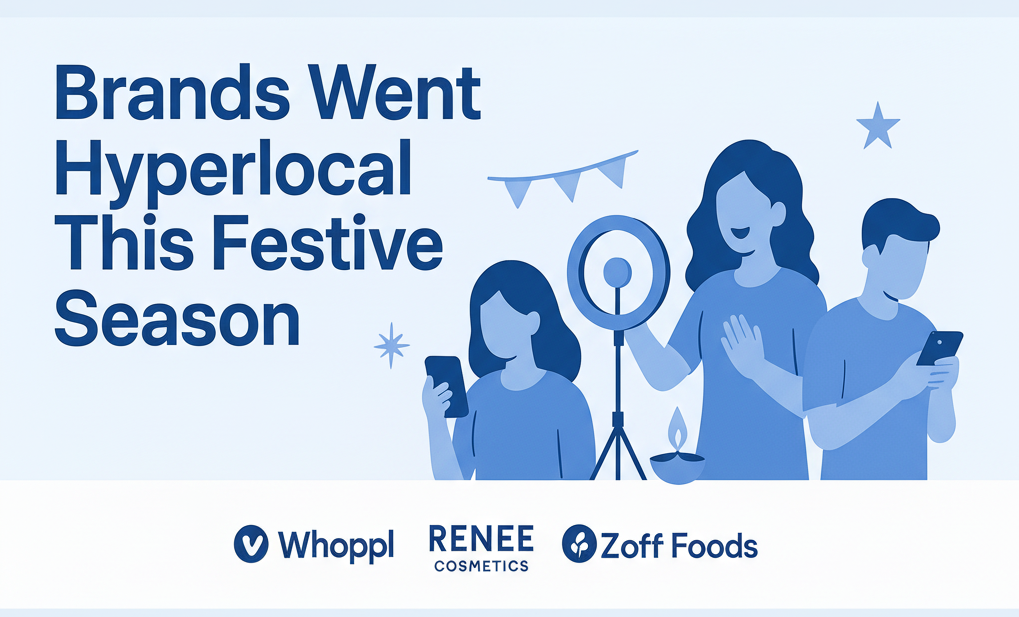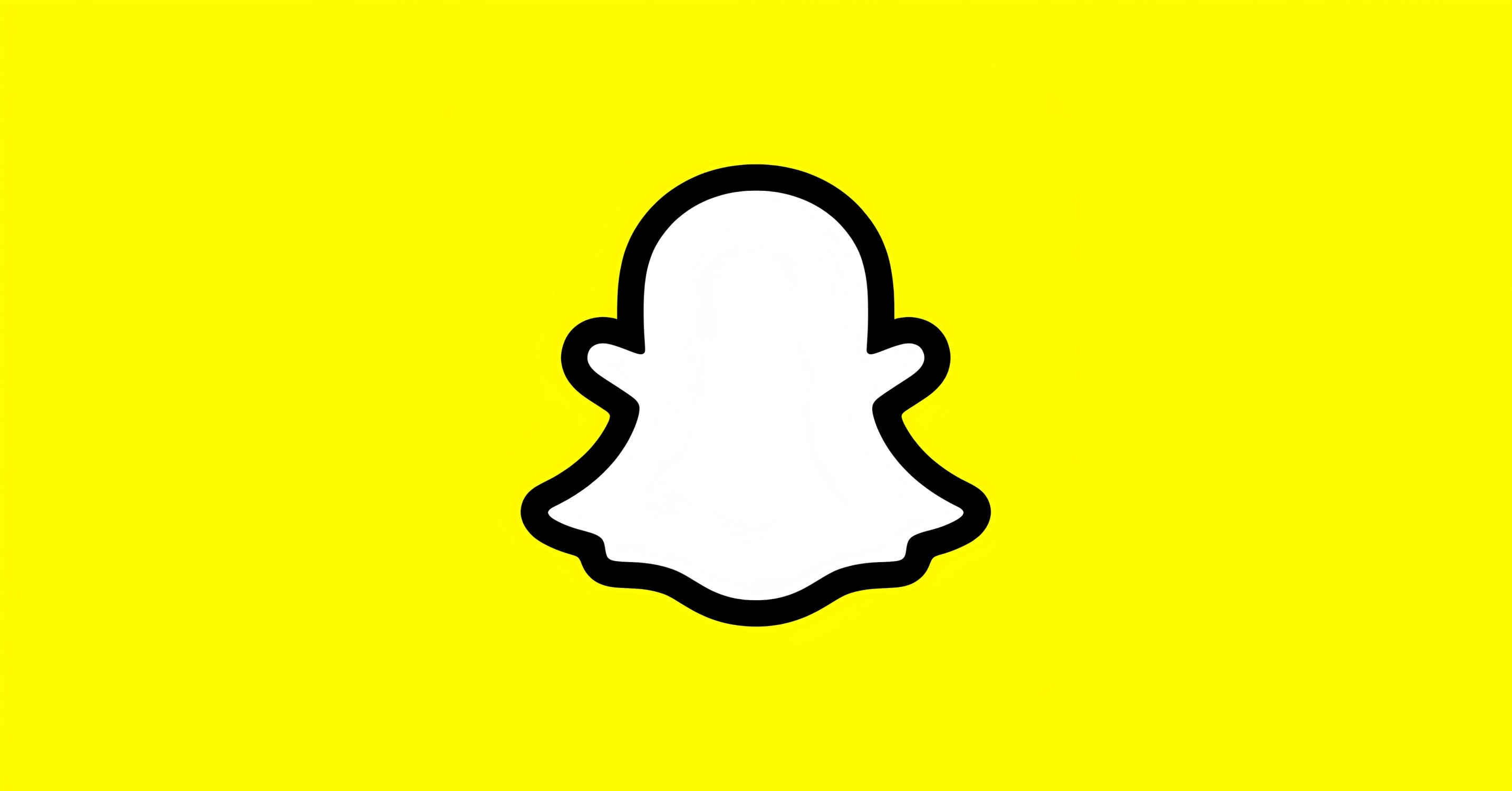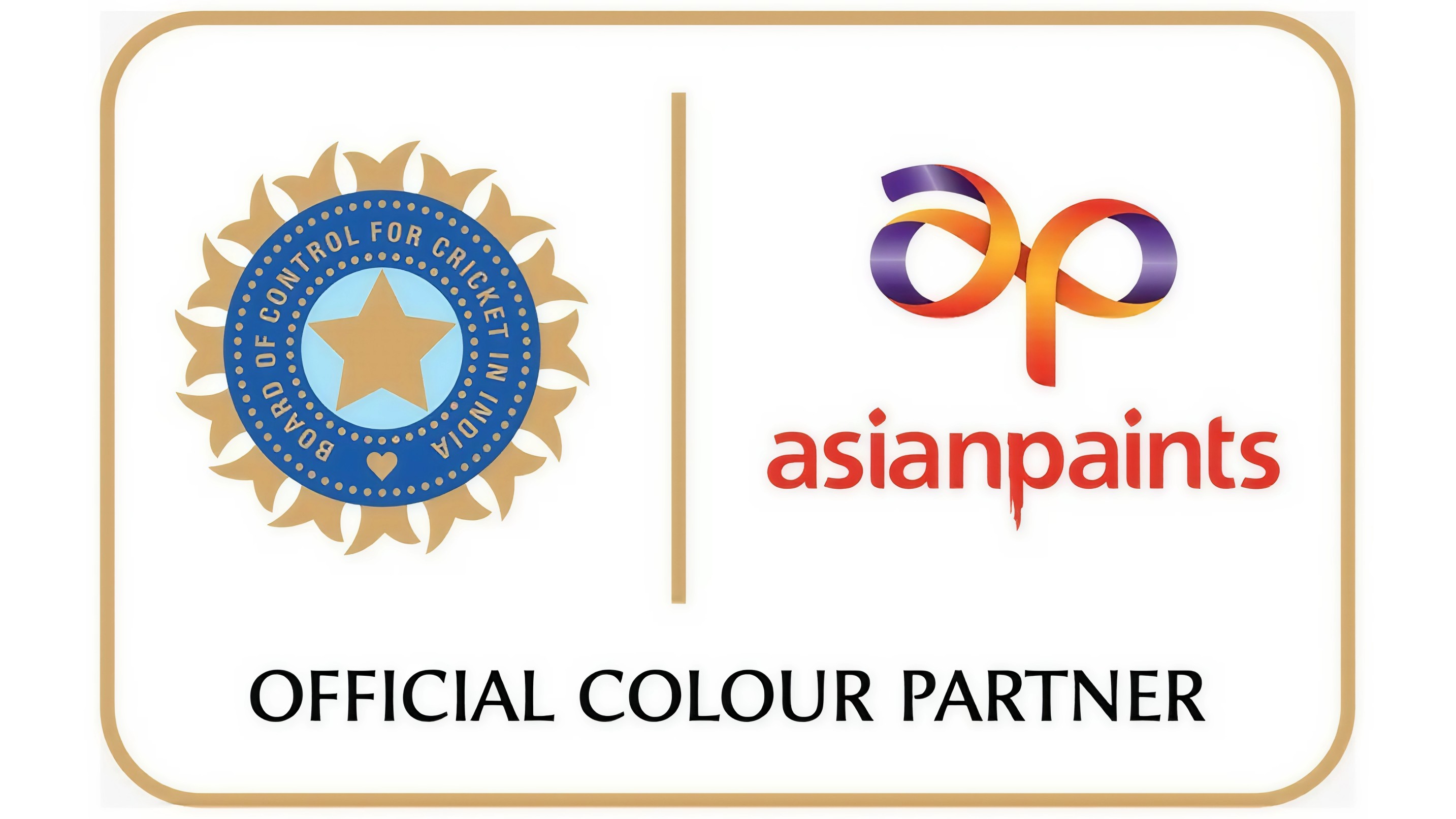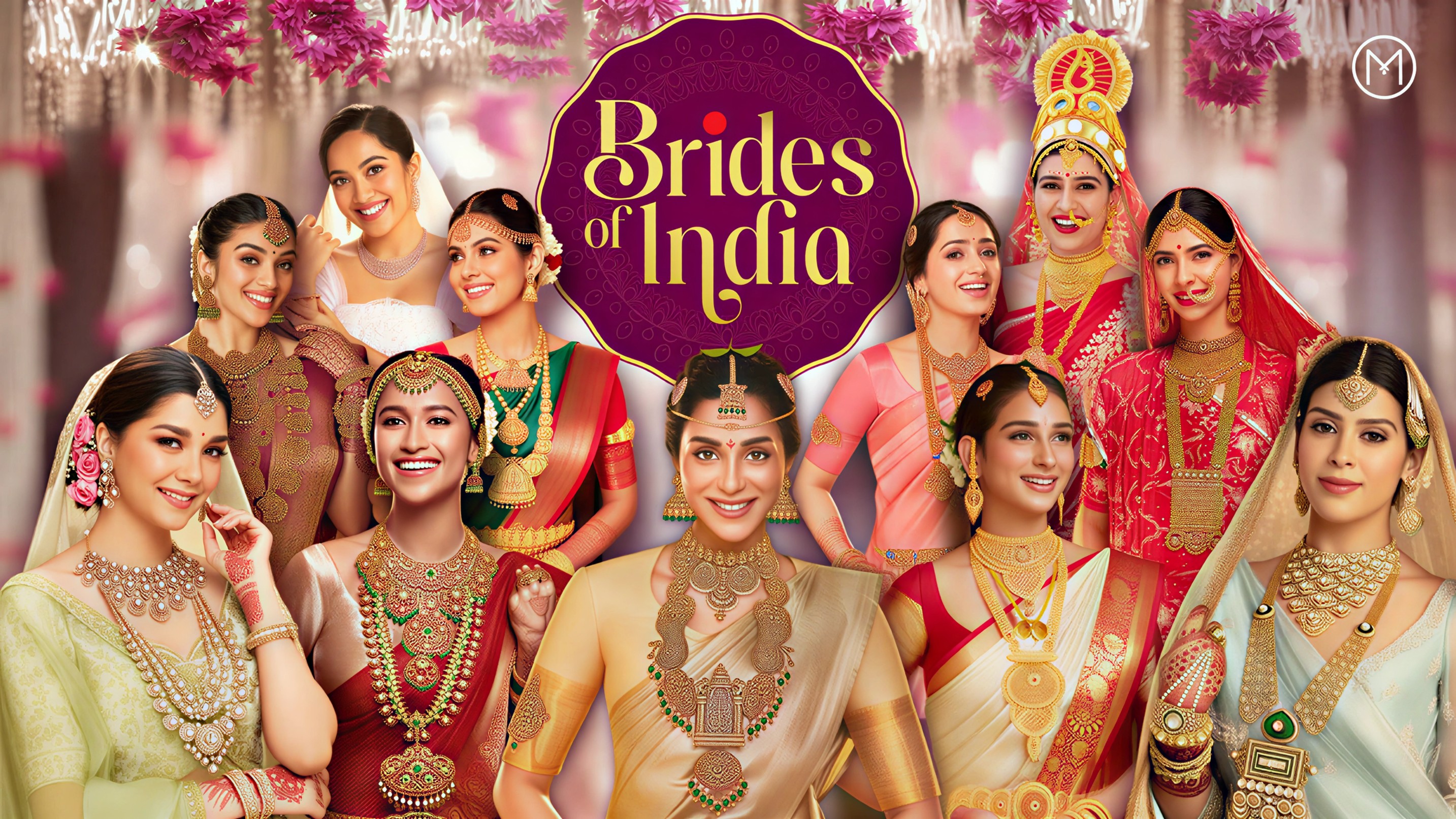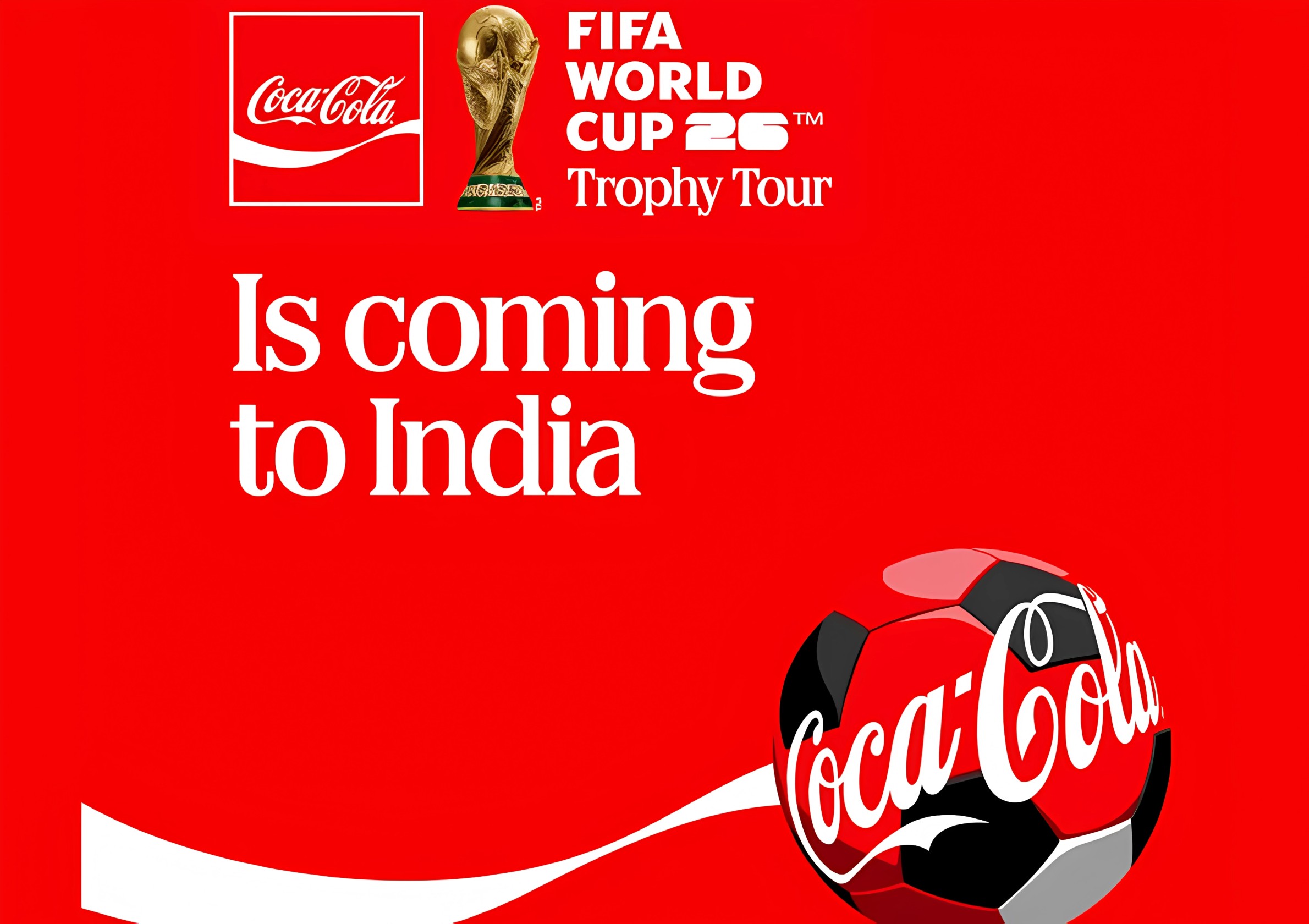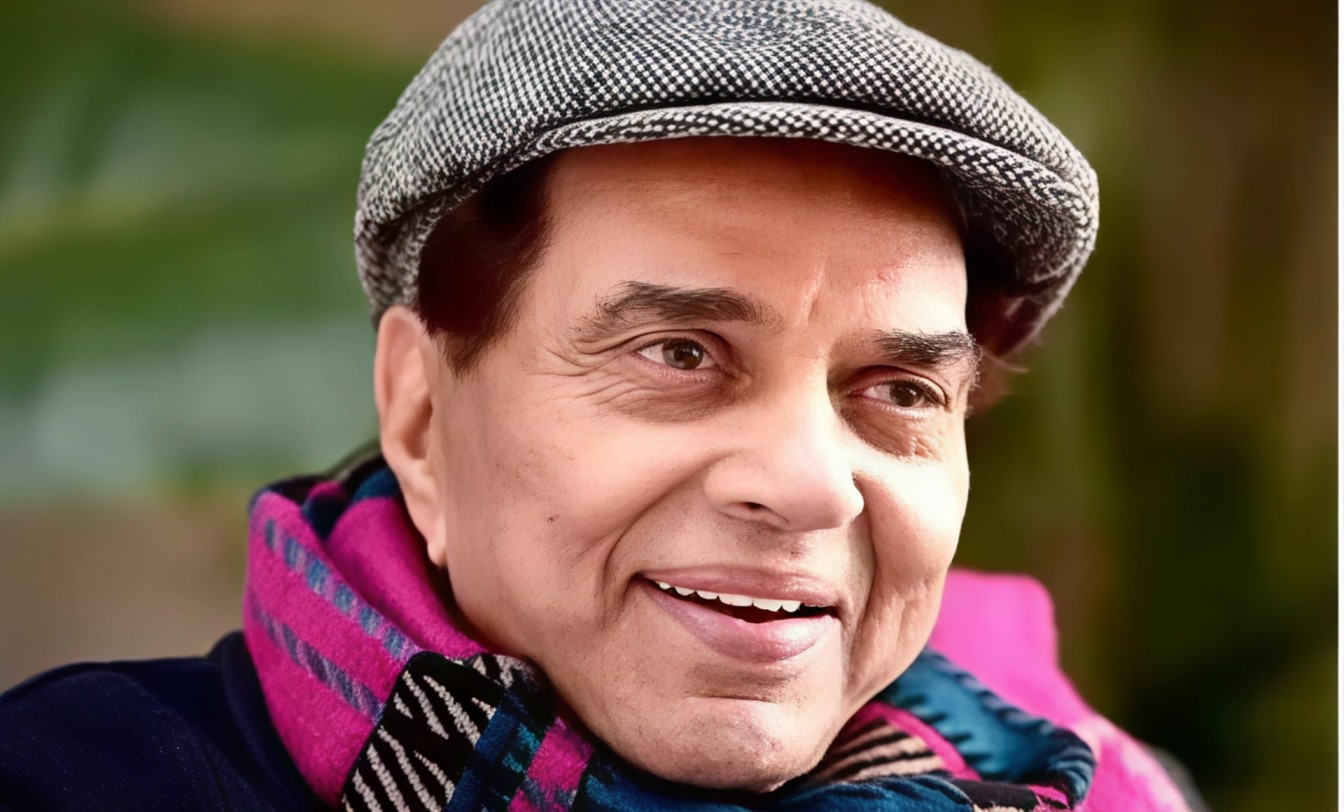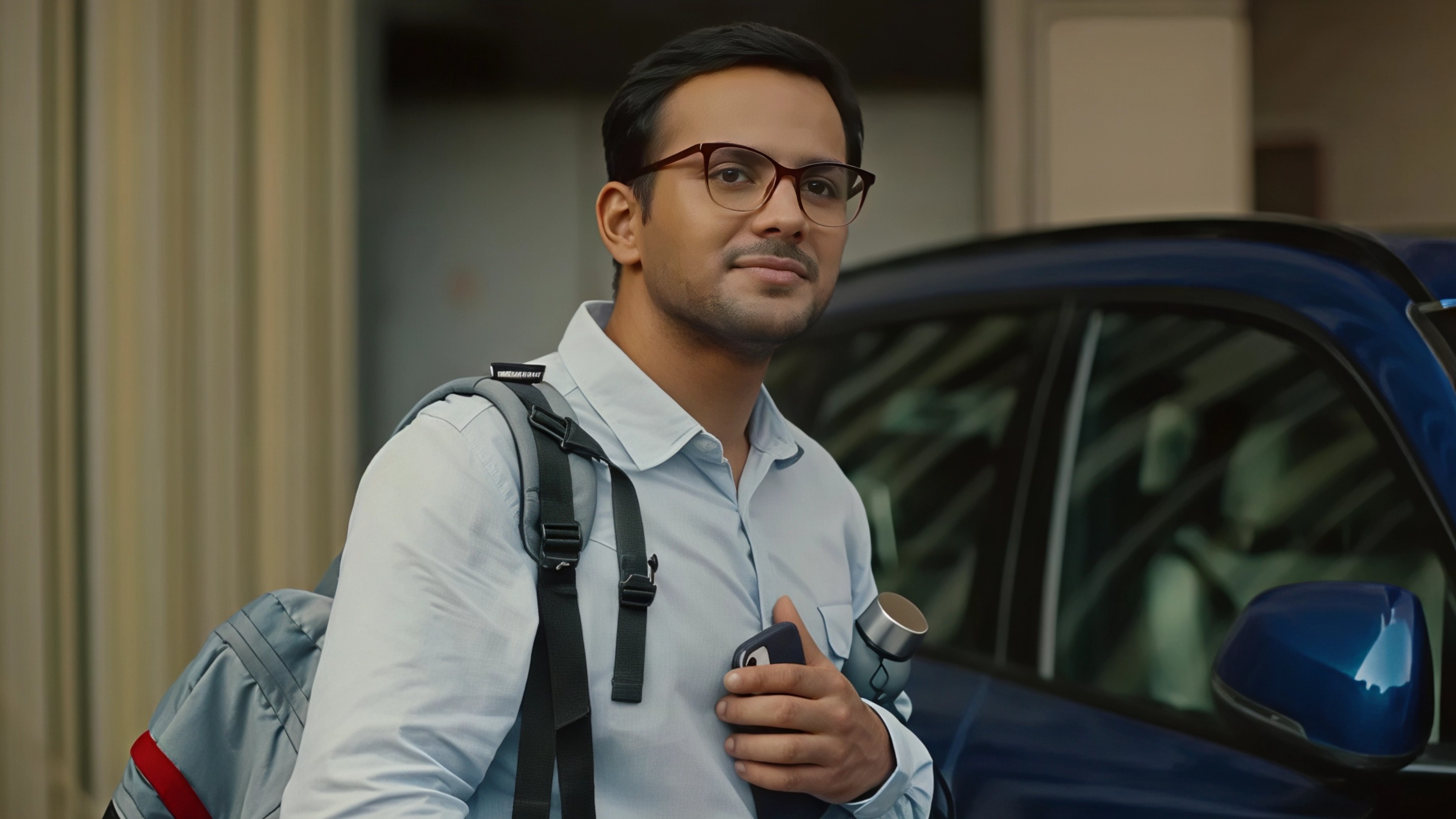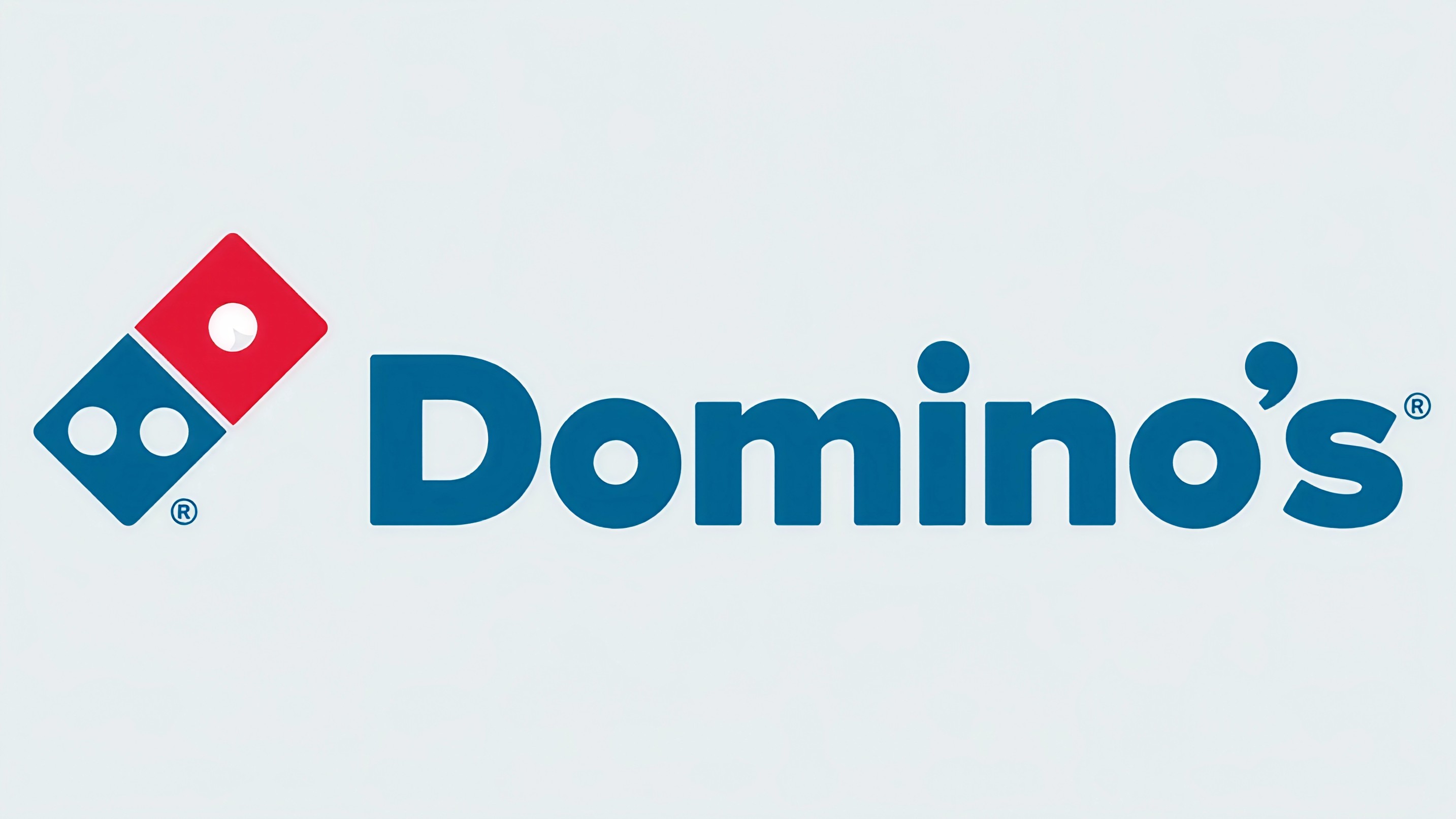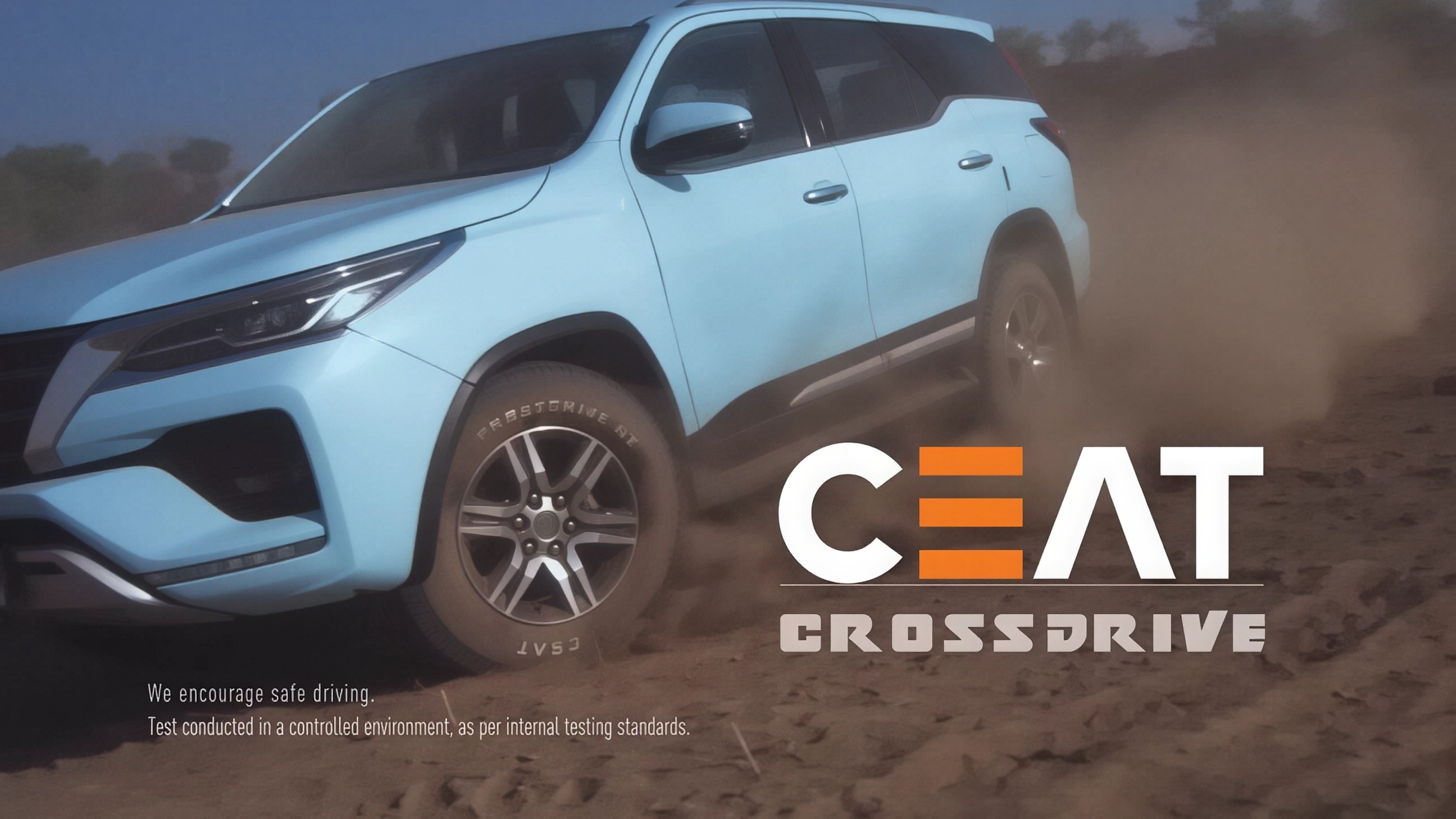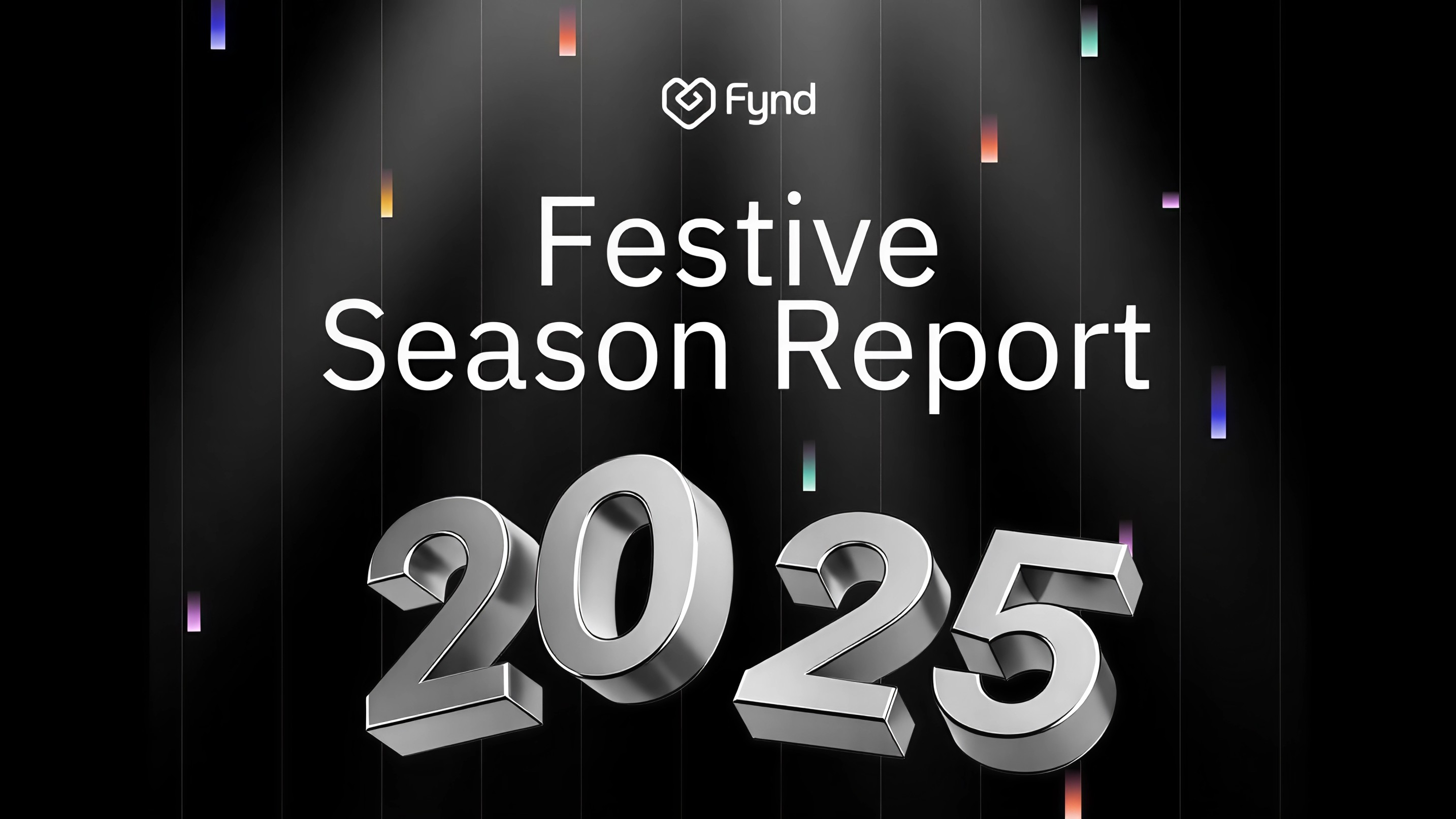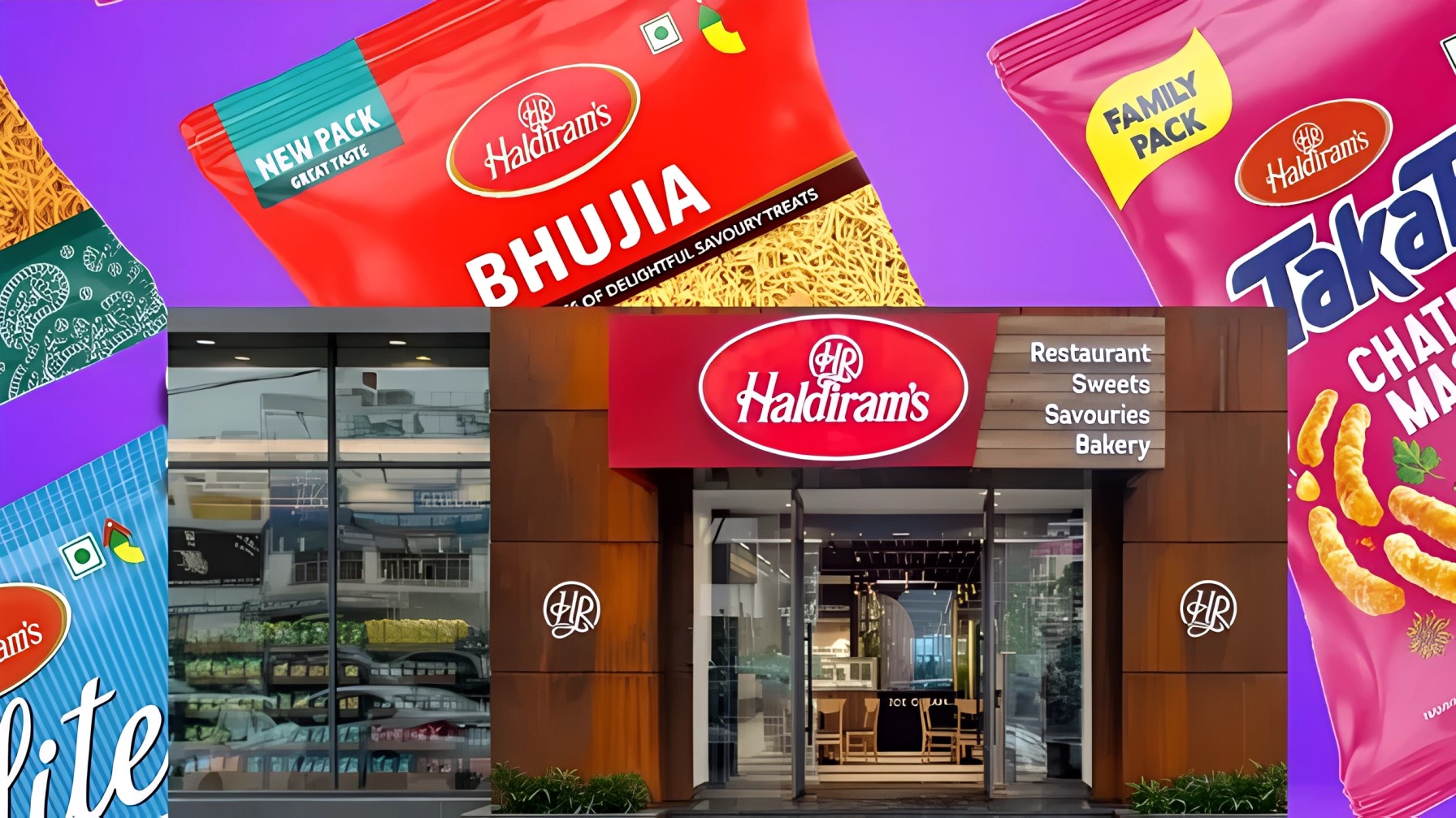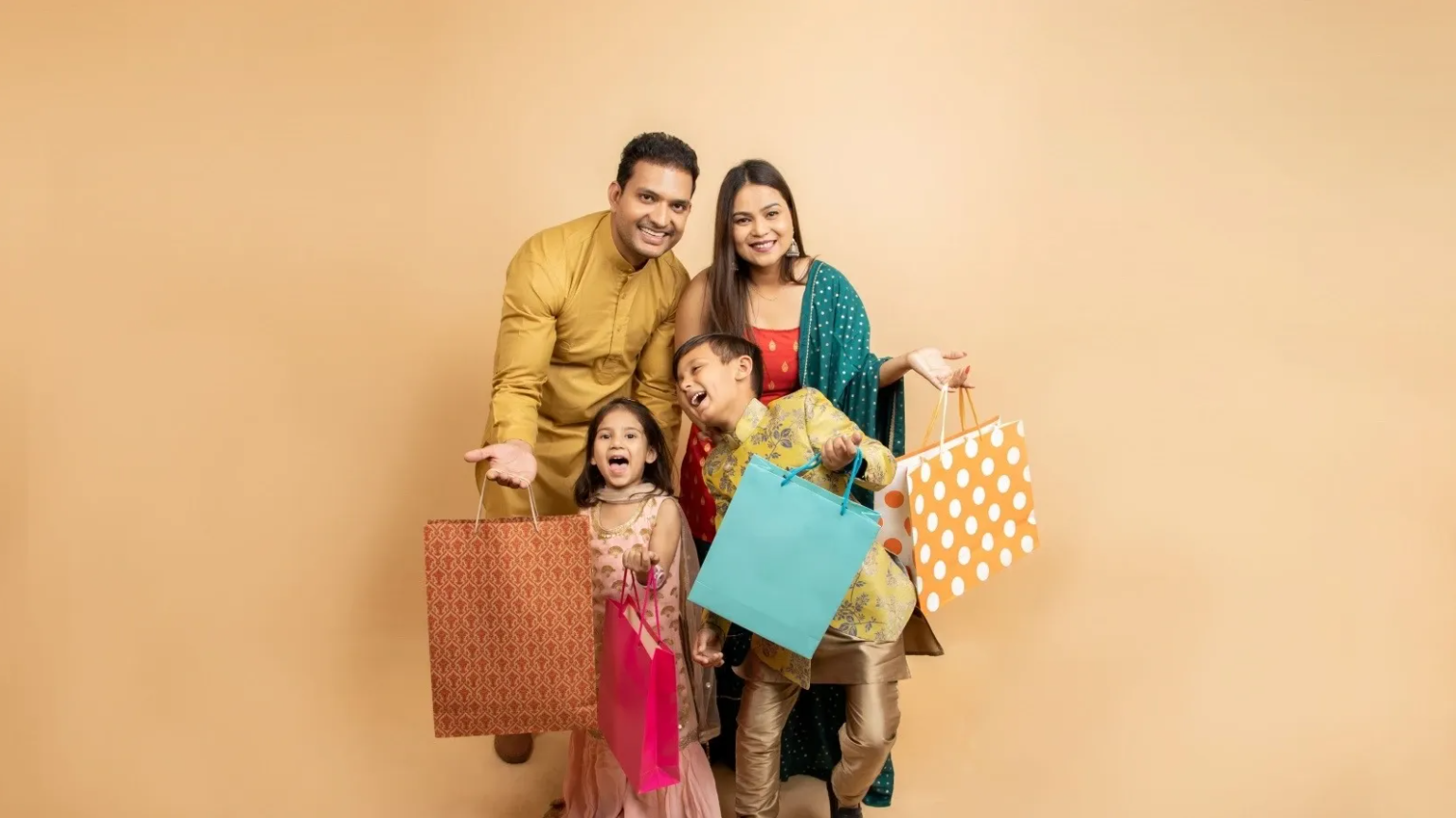There was a time when Bollywood celebrities and star athletes dominated brand endorsements. But in 2025, that narrative has changed drastically. Today, brands are embracing a mix of regional creators, micro influencers, and nano storytellers who can speak to smaller, more engaged communities. From fashion and beauty to home and food, this new marketing shift is redefining the festive playbook for Indian brands.

The rise of micro and nano creators
According to industry experts, nearly 70 percent of influencer marketing budgets now go to micro and nano creators. Ramya Ramachandran, founder and CEO of Whoppl, explains that this segment drives the highest engagement and conversion rates. “Macro influencers create awareness, but the real impact lies in micro and nano creators who connect with audiences deeply and drive meaningful action,” she says.
This change is visible across brands and industries. With the Diwali season behind us, companies like BIBA, Renee Cosmetics, Duroflex, Zoff Foods, and MagickHome have turned to local and regional influencers to keep the festive buzz alive throughout the year.
Hyperlocal storytelling is the new brand language
For fashion brand BIBA, understanding regional culture is non-negotiable. “Every few hundred kilometres, the way festivals are celebrated changes completely. Colours, rituals, and fashion choices vary across states,” says Ekta Dutta, head of marketing at BIBA. The brand collaborates with regional icons like Anupama Parameswaran in Andhra Pradesh and Janki Bodiwala in Gujarat, ensuring each campaign feels personal and culturally relevant.
ADVERTISEMENT
Home brand MagickHome applies the same approach. Marketing head Jayesh Sali notes, “A Navratri post in Ahmedabad cannot look or sound the same as an Onam story in Kochi. We work with creators who truly understand local traditions, bringing authenticity to every frame.”
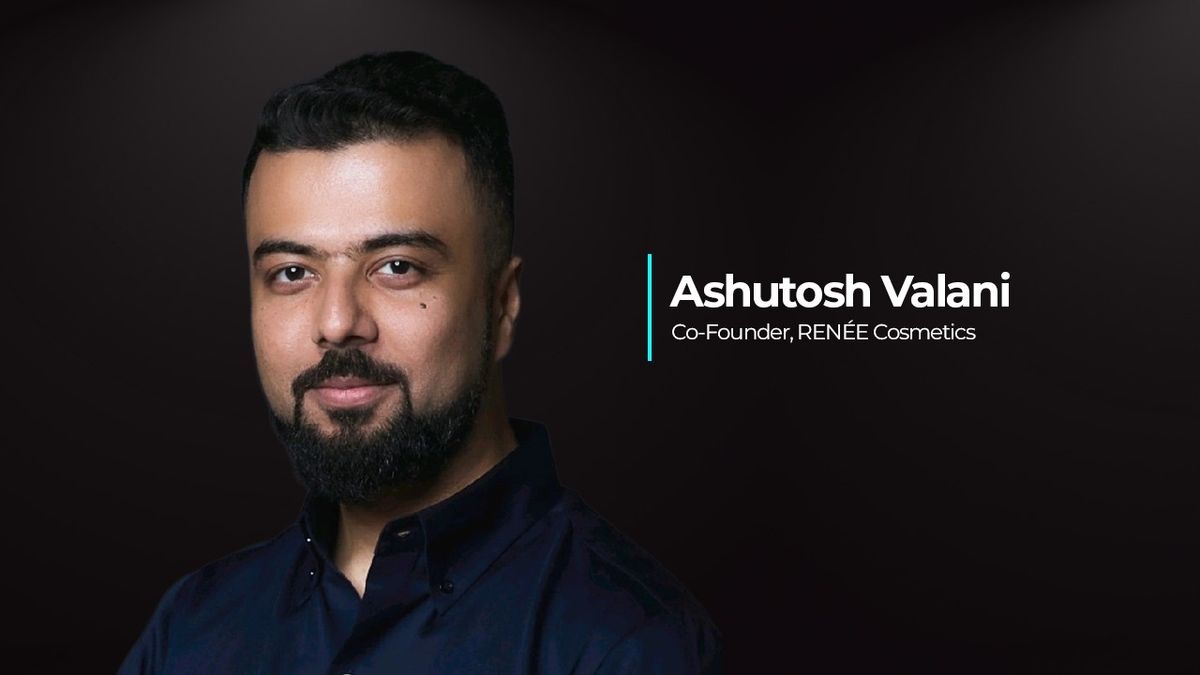
Small creators big impact
Across sectors, smaller creators are proving their worth through genuine engagement and conversion. Renee Cosmetics co-founder Ashutosh Valani reveals that 25 percent of their total marketing budget is dedicated to influencers, with 80 percent of that going to micro creators. “Celebrities build aspiration, but micro influencers drive sales. Their content performs better on platforms like Instagram, YouTube, and Amazon,” he says.
Zoff Foods co-founder Akash Agrawalla adds, “With nano influencers, the engagement is slower but more authentic. Customising content in local languages has helped us connect with audiences who feel represented.” Duroflex’s CMO, Ullas Vijay, agrees that regional influencers bring intimacy and credibility. “During Onam, our campaign with Amala Paul was complemented by regional creators who helped generate over 15,000 AI-personalised greetings across Kerala,” he says.
Authenticity over aspiration
Brands are finding a balance between high-glamour celebrity campaigns and authentic micro-level storytelling. The WPP India Influencer Marketing Report 2025 valued the influencer marketing industry at Rs 3,600 crore in 2024, with a projected 25 percent growth this year. It also reported that micro influencers are gaining momentum in high-value sectors like automobiles and consumer durables, proving their relevance beyond lifestyle content.
ADVERTISEMENT
Each brand now operates with a tiered influencer strategy — celebrities for mass reach, micro creators for engagement, and nano creators for community connection. Whether it is BIBA’s regional influencer-driven festive storytelling or Duroflex’s localised campaigns that extend beyond holidays, the approach has become both strategic and emotional.

Moving beyond festivals
What started as a festive marketing tactic has now evolved into an always-on strategy. Renee Cosmetics sees hyperlocal engagement as essential all year round. “Festivals bring peak sales, but with the rise of quick commerce, the goal now is to reach customers wherever they are,” says Valani.
Zoff Foods, Duroflex, and MagickHome echo the same sentiment, using regional creators to sustain awareness, trust, and community-driven engagement even outside the festive calendar. Tusharr Kumar, CEO of OML, summarises the trend perfectly — “Hyperlocal marketing ensures you are not just hoping to reach the right audience, you actually do.”
The new rule of influence
The festive season of 2025 made one thing clear — relevance beats reach. Brands that understand local culture, language, and emotion can create more meaningful and measurable impact. National campaigns may still create awareness, but it is the local creators who drive action and trust. From nano creators to cultural icons, India’s influencer ecosystem is now truly rooted in community.
ADVERTISEMENT
Follow Marketing Moves on Instagram and Facebook for more stories, insights, and updates from the world of media, marketing, and brand innovation.

